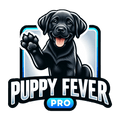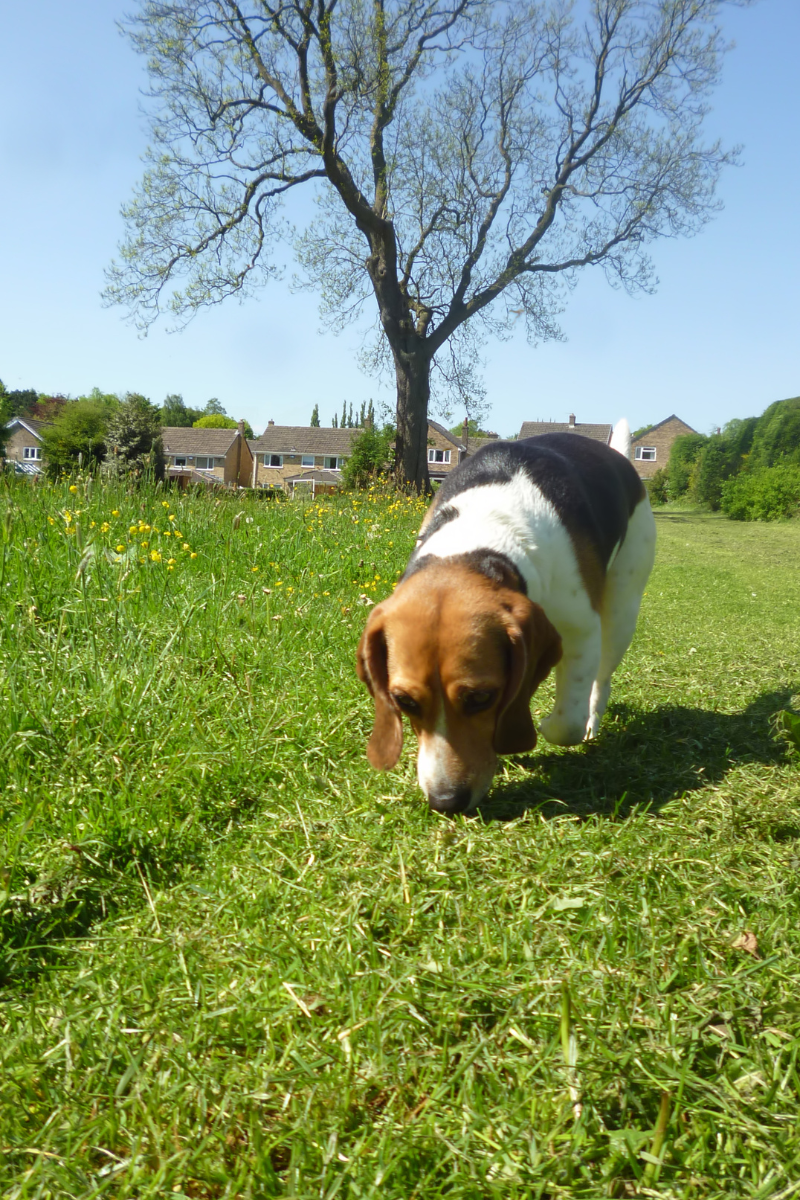737-215-3211

Unraveling the Mysteries of a Dog's Powerful Nose
When it comes to the animal kingdom, few creatures boast a sense of smell as powerful as our beloved canine companions. Dogs, with their keen olfactory senses, have amazed humans for centuries with their ability to sniff out everything from buried bones to hidden contraband. Let's delve into the fascinating world of a dog's nose and uncover the mysteries behind their extraordinary olfactory abilities.
The Anatomy of a Dog’s Nose
More Than Just a Wet Snout
A dog's nose isn't just for looking cute. The wet surface, known as the rhinarium, helps to capture scent molecules, making it easier for them to detect odors. This moist surface acts as a sort of scent 'sticky pad.'
An Abundance of Scent Receptors
Humans have about 5-6 million scent receptors, while a dog's nose boasts between 125-300 million! This means that dogs can detect even the faintest odors that humans would never notice. Breeds like the Bloodhound are at the top of the pack when it comes to olfactory receptors.
A Specialized Part of Their Brain
Dogs have a part of their brain, the olfactory bulb, that's dedicated to analyzing scents. This section is proportionally 40 times greater in dogs than in humans, signifying how vital the sense of smell is to their daily lives.
Incredible Smelling Feats
Detecting Diseases
Several studies have shown that dogs can be trained to detect certain diseases, like cancer, simply by smelling a patient's breath or bodily fluids. Their acute sense of smell can identify the tiny, specific compounds associated with various diseases.
Search and Rescue Missions
Many dogs are trained for search and rescue missions because of their unparalleled sense of smell. Whether it's finding a lost hiker or detecting someone trapped under rubble, dogs play an essential role in many rescue operations.
Sniffing Out Hidden Items
From finding contraband at the airport to helping police locate evidence, dogs are often deployed in situations where a keen nose is needed. Their ability to pick out specific scents in a sea of odors is truly remarkable.
Caring for Your Dog’s Sense of Smell
Keep Their Nose Healthy
Just as we take care of our senses, it's essential to ensure that our dogs' noses are in top shape. Regular check-ups, avoiding harsh chemicals, and monitoring for any signs of irritation or injury are crucial steps.
Engage in Scent Games
Stimulate your dog's sense of smell with fun scent games or tracking exercises. Not only will this provide mental stimulation, but it will also reinforce their natural sniffing behaviors.
Understand Their Sensitivities
Recognize that strong odors, which might be tolerable to us, can be overpowering for dogs. Be mindful of the products you use around the home and ensure they're safe and non-irritating for your furry friend.
FAQs About a Dog's Sense of Smell
-
How does a dog's sense of smell compare to a human's? Dogs have a sense of smell that's 10,000 to 100,000 times more acute than humans. With more olfactory receptors and a larger part of their brain dedicated to analyzing scents, they're far superior in this department.
-
Why do dogs sniff each other when they meet? When dogs sniff each other, they're gathering a wealth of information—from the other dog's diet and health to their emotional state. It's a form of social communication.
-
Can dogs smell fear or other emotions in humans? Yes, dogs can pick up on subtle changes in our scent, which can be influenced by various emotions, including fear. This ability, combined with their keen observation of our body language, allows them to be highly attuned to our emotional state.
Conclusion
A dog's sense of smell is nothing short of incredible. From the intricate anatomy of their noses to their impressive smelling feats, dogs have earned their reputation as top sniffers. As pet owners and dog lovers, understanding and appreciating this extraordinary sense can help us better care for and connect with our canine companions. So, the next time your dog stops to sniff something on your walk, give them an extra moment—they're just reading the world in a way we can only imagine!




Leave a comment